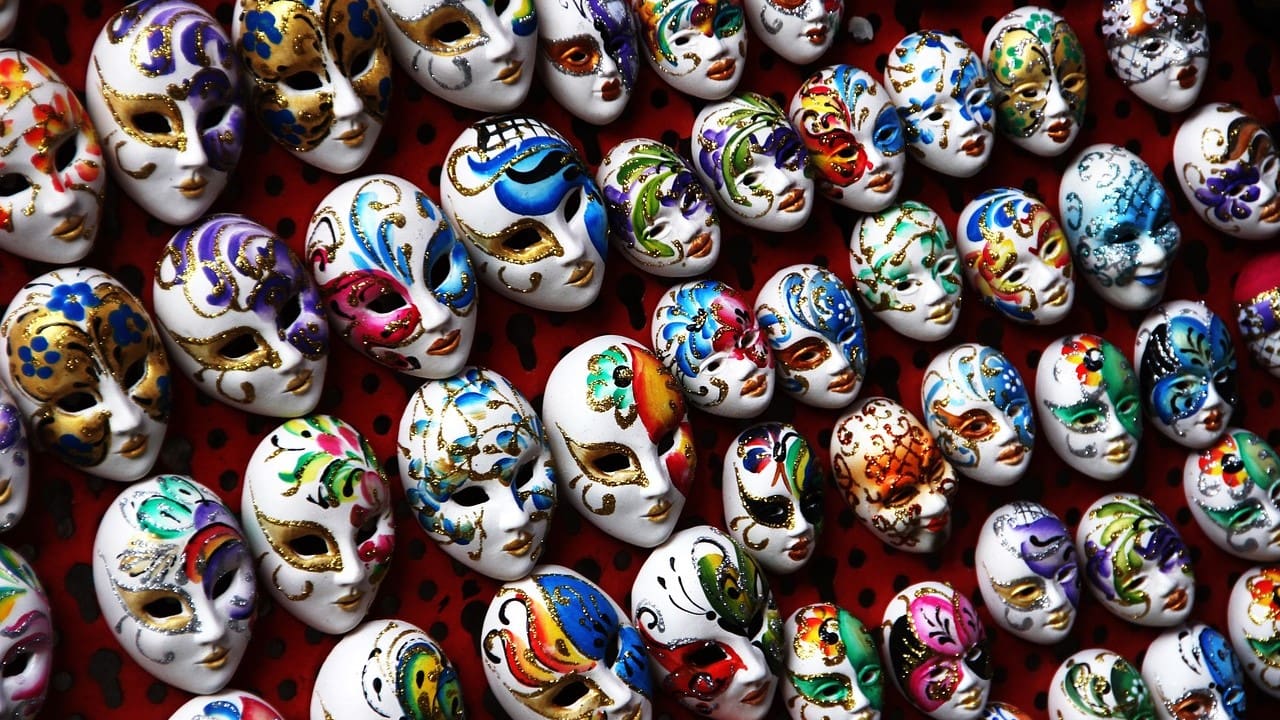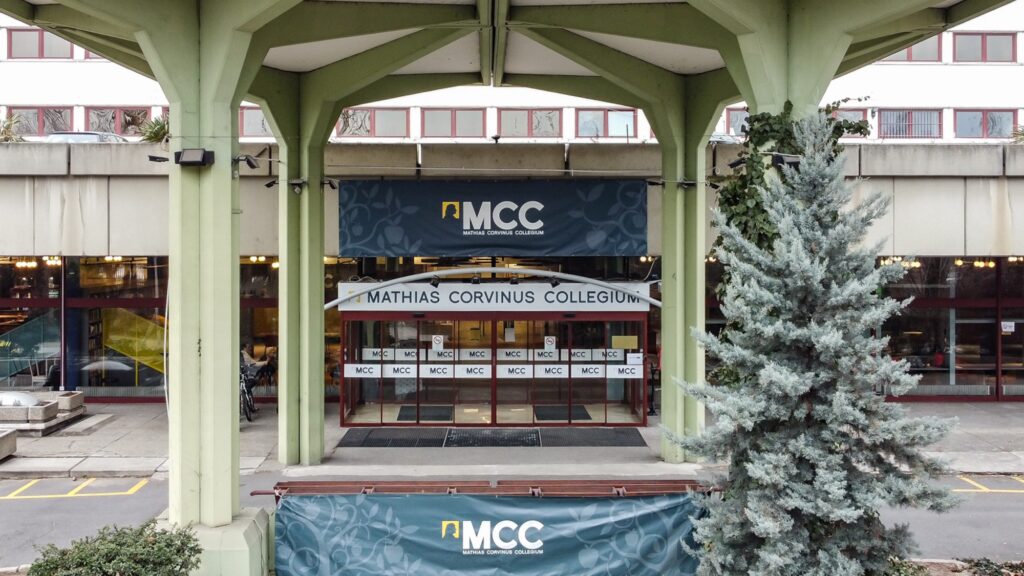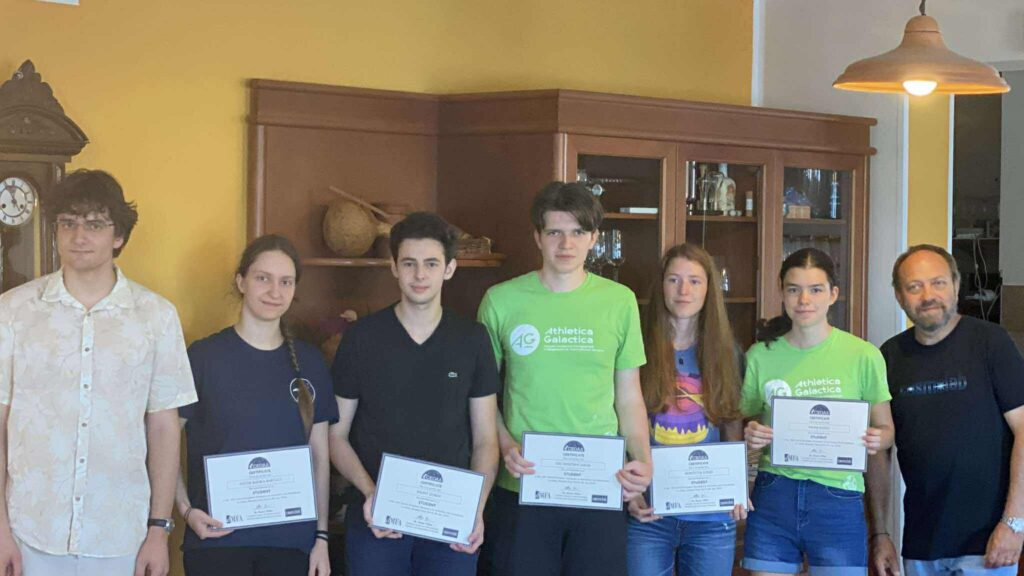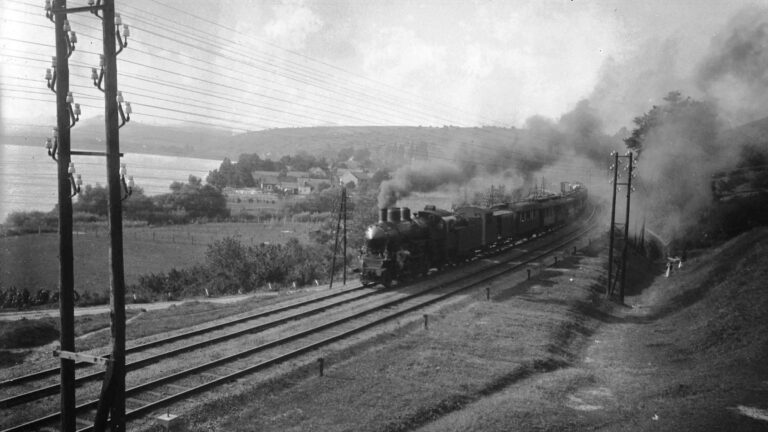The following is a translation of an article written by Teodóra Weisz, originally published in Magyar Krónika.
Mária Bajzáth is a philologist and education scientist, the creator and head of the pedagogical programme Népmesekincstár Mesepedagógia Műhely (Folktale Treasury Pedagogical Storytelling Workshop), and a compiler of thematic fairy tale collections. For thirty years she has been organizing folk-tale workshops and camps for both children and adults. As a fitting conclusion of the Carnival season, read Magyar Krónika’s conversation with the professional below!
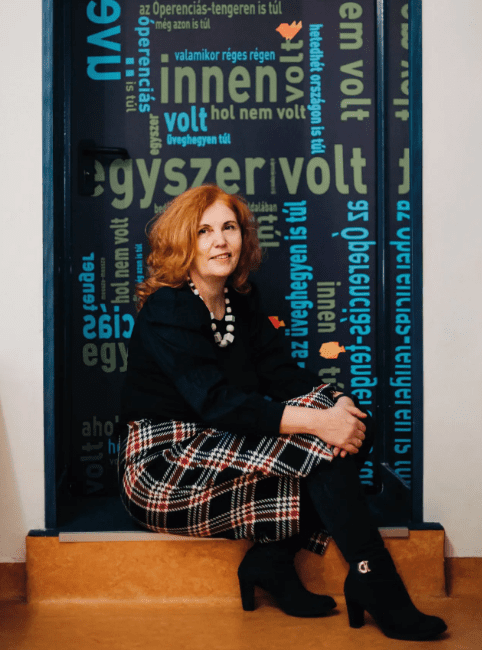
‘Storytelling is transformative magic. The weekday becomes a holiday, the profane becomes sacred, the teacher or parent becomes a storyteller, the room or classroom becomes a fairy tale getaway, the morning turns into evening, the cowardly becomes brave, the weak becomes strong, the little becomes big, and the listener becomes a hero,’ Mária Bajzáth says on the website that publishes her books. It is harder to find an age group and a circumstance in which the storytelling pedagogue, who has a degree in humanities as a philologist of education and also as a teacher, has not told a story than in which she has. ‘I’ve told stories to babies, toddlers, kindergarteners, schoolchildren, secondary school and university students, adults, and the elderly as well. I’ve told stories in prisons, homeless shelters, family shelters, children’s homes, maternity homes, and hospitals. I’ve told stories to children born and the dying, the happy and the unhappy,’ she adds.
The teacher, who has already experienced the uplifting and sustaining power of folktales, folk songs, and games in many different situations, has developed her own methodology for passing on the knowledge preserved in tradition experientially and joyfully, called the Folktale Treasury Pedagogical Storytelling Workshop. She holds training courses throughout the country and even the world, and the knowledge she has acquired is incorporated into the teaching practice of a wide range of professionals around the globe.
Magyar Krónika had a conversation with Mária Bajzáth in the middle of the Carnival period. Most people cannot think of many tales that are specifically about this holiday, but the pedagogue reminds us that there are many traditional tales about transformation, sip and sup, merrymaking, laughter, dancing, love, and choosing a partner, that is, the essence of Carnival. When I asked her for what others reasons is this period is so exciting, she responded:
‘It’s a time to play freely for a few hours because we can dress up as someone else.
Hiding behind a mask, we can be completely different from what we really are. We can pretend to be enchanted. Children often change their voices, their movements, and even their personalities for the time of a Carnival party. A quiet, reserved child becomes a brave, confident hero with a crown on his head and a sword in his hand, dressed as a prince.’
In the olden days, Carnival was a free adult celebration, with many customs and traditions associated with it. Nowadays, it is more often held in kindergartens and schools. The storyteller believes that this celebration really belongs in the context of institutional education and can be an excellent opportunity for children to experience transfiguration. ‘By hiding behind a mask and a costume, children can show a side of their personality that they would not otherwise know how to or dare to show,’ Mária declares.
‘By hiding behind a mask and a costume, children can show a side of their personality that they would not otherwise dare to show.’
In addition to its community-building and community-preserving power, this is why it is good practice for many institutions to make Carnival a programme lasting for several weeks, as it offers a wealth of educational opportunities for personal development.
Most folktales help us experience that we can become anyone and anything. When we think of Carnival, the most popular transformations among children inspired by folktales are the princess and the prince, the witch and the fairy—they are the characters that appear most often among the costumes. However, ‘in 21st-century pop culture, superheroes, and other characters from animated films are much more popular than the heroes of folk tales. I don’t see this as a problem; a trained storyteller or storytelling teacher can build on this,’ adds Mária.
Masks are not only worn during Carnival—we can call all our roles in life a mask.
Do children perceive this? What can help them to look behind the masks? The pedagogue gives a reassuring answer to these questions: ‘In reality, we often force ourselves to hide behind a mask. However, the goal is to dare to be ourselves, to assume our own identity. Folk tales help us see the invisible, each hero giving us an example and a way to become who we were born to be, who we could really be.’
Related articles:
Click here to read the original article.

